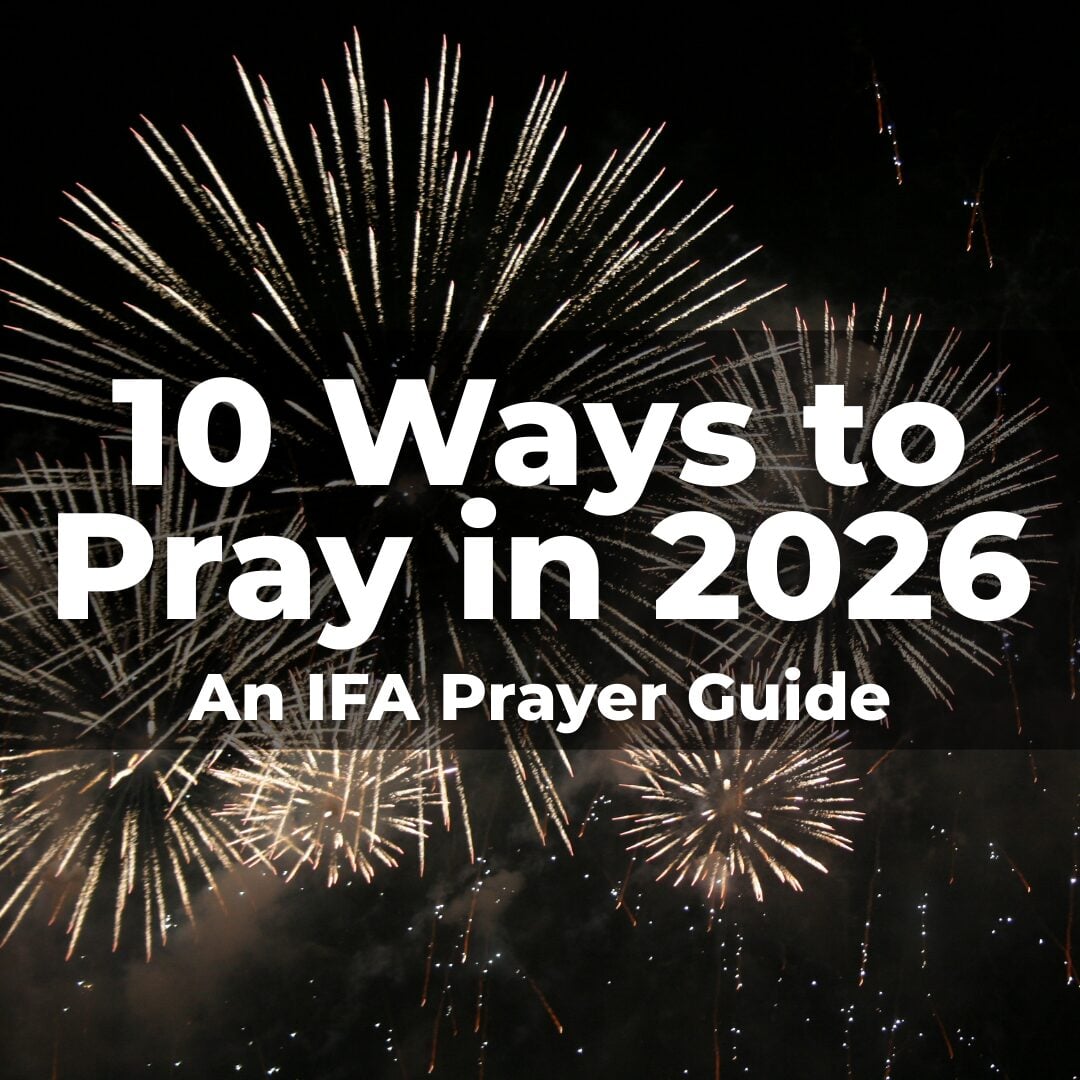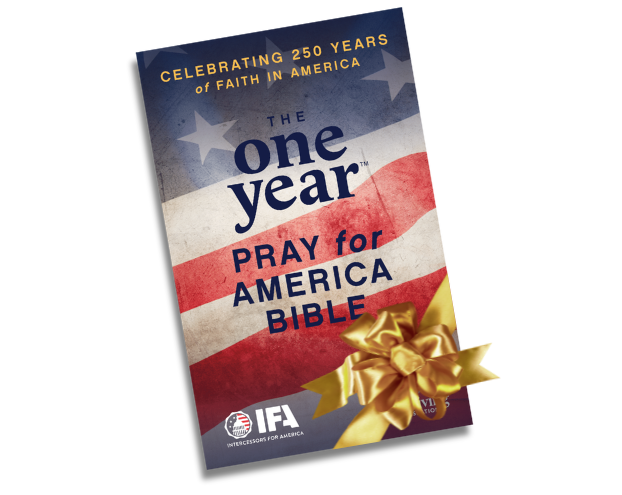Reading Time: < 1 minute
The percentage of religiously unaffiliated Americans — or “nones,” as they are called — has been growing for some time. But new data suggests it might finally be leveling off, or even declining.
Paul Djupe and Ryan Burge, co-authors of the Religion in Public blog, have analyzed data seemingly showing that the growth of “nones” (combining atheists, agnostics, and those “nothing in particular”) could actually be “slowing or possibly even slightly reversing itself.”
Overall, from 1994 until now, the percentage of religious “nones” in the U.S. has risen from 5 percent to around 30 percent. Broken down by generation, that percentage has steadily accelerated.
That trend, though, seems to be changing.
Djupe and Burge acknowledge their Gen Z sample size is small and the respondents are young (“only a few have graduated from college at this point and may be gaining distance from their parents and religious institutions”). Nevertheless, the shift is striking.
In addition to data from the General Society Survey, the Cooperative Congressional Election Study is showing similar results.
The latter study revealed that, in 2018, 42.8 percent of millennials identified as “nones” while 42.9 percent of Gen Zers identified the same way.
There is little data to explain why this potential shift is taking place. But Djupe and Burge plan to continue investigating the change. This will definitely be a trend worth tracking.
(Excerpt from Faithwire. Article by Tre Goins-Phillips.)




Comments
Jesus, you know we all long for something real. Reveal youreself to us and prepare our hearts to receive you by your Holy Spirit. Draw us unto yourself and make us your own dear people. In your holy name and for your fame and glory.